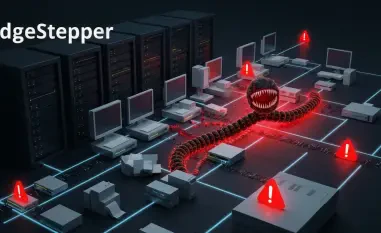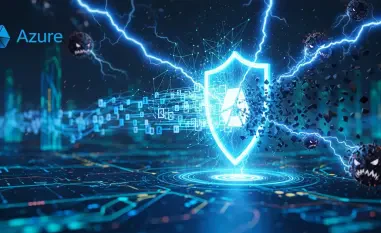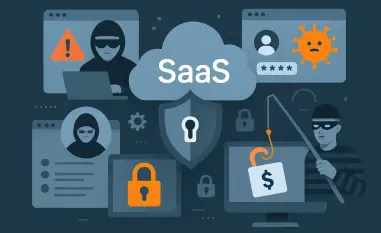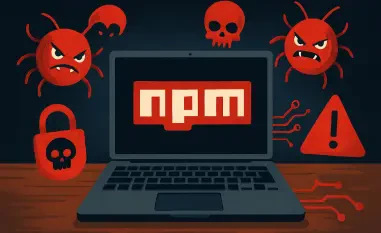Malik Haidar is renowned for his expertise in cybersecurity, with a compelling background in thwarting cyber threats across multinational corporations. His insights are shaped by a robust understanding of analytics and intelligence, which he skillfully merges with business strategies to enhance cybersecurity measures. Today, we’re delving into the complexities surrounding ransomware groups like RansomHub, which are evolving amidst a turbulent digital landscape.
How has RansomHub refined its extortion model in comparison to its past strategies?
RansomHub has focused on refining its approach to extortion by introducing a pricing model that ties ransom demands to victim revenue. This strategy is aimed at increasing the likelihood of payments by positioning the ransom as a pragmatic decision. By emphasizing disruption tactics that hinder recovery, such as deleting vital data snapshots, they’ve made it less feasible for victims to avoid paying.
With the ransomware ecosystem being so volatile, how have RansomHub’s strategies and recruitment efforts been influenced?
The volatility has pushed RansomHub to present itself as a reliable option amidst the chaos created by law enforcement actions and exit scams affecting established RaaS players. This instability has opened opportunities for RansomHub to attract affiliates seeking more stable propositions, especially as organizations like Europol, the FBI, and others have disrupted key players like LockBit and ALPHV.
How exactly have law enforcement actions and exit scams impacted the strategies of major RaaS players, and how has RansomHub navigated these events?
These disruptions forced many affiliates to seek safer environments, providing RansomHub an opportunity to lure them with attractive terms. They’ve adapted by offering choices like low commission rates and options for personal cryptocurrency wallets alongside full control over negotiations, thereby capitalizing on their rivals’ setbacks.
Could you elaborate on RansomHub’s pricing model that hinges on victim revenue?
The pricing model is designed to make ransom demands appear less daunting by correlating them with the financial standing of the victim. This approach is a calculated effort to ensure payments are made by presenting them as a more manageable cost compared to losses from disrupted business operations.
What are the primary disruption tactics emphasized by RansomHub during an attack?
Standard tactics include the deletion of Windows Shadow Copies and virtual machine snapshots—critical methods that prevent victims from recovering their systems and data easily. By removing these safety nets, victims face increased pressure to comply with ransom demands.
RansomHub used to promote the idea of affiliates reporting incidents to regulatory bodies. Why has that changed?
Initially, the tactic was thought to increase pressure on victims by highlighting potential regulatory fines. However, this approach was adjusted as it may have risked damaging negotiation chances. RansomHub removed these instructions to optimize successful outcomes in bargaining with victims.
At one point, RansomHub encouraged regulatory disclosures as part of its extortion tactics. How did this serve their strategy?
Regulatory disclosure was initially seen as a way to add an extra layer of pressure on victims, presenting ransom payments as a way to avoid more severe financial repercussions due to regulatory fines. However, they found that indirect pressures could compromise negotiation strategies.
What actions does RansomHub resort to if negotiations with potential victims fail?
If talks collapse, they might leak stolen data via their Data Leak Site (DLS), which can further harm victims and potentially ignite media scrutiny, prompting a reaction from the victim to reconsider payment options.
What effect did operations by Europol, the FBI, and NCA have on ransomware entities like LockBit and ALPHV?
These operations disrupted the normal functioning of major players, driving affiliates to gravitate toward less affected groups like RansomHub. The resulting migration has led to shifts in the ecosystem that RansomHub has leveraged to bolster its own capabilities.
Why did affiliates choose to migrate to services such as RansomHub following disruptions?
Affiliates left behind by those major disruptions were likely searching for more stable, responsive systems that could sustain their activities without the looming threat of sudden shutdowns, and RansomHub’s timely promotions lent them the needed assurance.
In what ways is RansomHub setting out to attract new affiliates with favorable terms and features?
RansomHub has made concerted efforts to provide affiliates with lower initial commission rates, as well as full control over negotiations, which are attractive features amid the turbulence in the ransomware market. They also offer customization in ransom notes, providing flexibility for affiliates.
How have RansomHub’s commission rates evolved, and what do these changes signal about their recruitment strategy?
The commission rates have increased from an initial 10% to 15%, reflecting a strategic pivot to attract affiliates who prioritize reliability and trust over mere percentage splits. This change speaks to a calculated recruitment strategy aimed at cementing relationships with affiliates.
What significance do personal cryptocurrency wallets and full control for affiliates have in victim negotiations with RansomHub?
These features afford affiliates a sense of autonomy and discretion in handling transactions, which can be pivotal in ensuring negotiations are effectively tailored to meet the needs of both the affiliate and the victim.
Can you shed light on the importance of RAMP forums for groups like RansomHub?
RAMP forums provide a critical platform for engaging with potential affiliates and showcasing the resilience and adaptability of groups like RansomHub. They foster networking and brand building, empowering groups to communicate their strengths effectively in a competitive market.
What led to the unplanned downtime of RansomHub’s infrastructure in early April 2025?
While specific causes weren’t disclosed, such downtimes can often result from either external attacks or internal malfunctions. This period of inactivity compromised their operational continuity, underscoring the importance of robust infrastructure support.
How does Qilin’s administrator “Haise” rise on RAMP forums relate to RansomHub?
The timing of Haise’s emergence coincided with RansomHub’s downtime, suggesting potential strategic alliances or shifts in affiliations. This interplay could hint at evolving dynamics or tactical collaborations between ransomware entities.
In what ways does Qilin’s new ransomware version show advancements over prior offerings?
Qilin’s latest version integrates enhanced features like DDoS extortion, demonstrating increased technical sophistication that could significantly impact victim vulnerability and negotiation outcomes.
Since February, Qilin’s monthly victim disclosures have increased significantly. What factors might be driving this trend?
An influx of affiliates seeking new opportunities might be responsible, spurred by the need for more innovative strategies amidst a fractured ransomware market. The complexity of Qilin’s offerings likely attracts such interests.
How do RansomHub’s ransomware functionalities compare to those of similar groups?
RansomHub aligns with other groups in terms of fundamental functionalities, including file encryption and process termination. However, differences now lie less in technical methods and more in strategic approaches and affiliates’ trust.
Why have technical differences between ransomware families become less pronounced, and what determines success for a group now?
The narrowing of technical variances has shifted focus to aspects such as communication flexibility and perceived reliability, both crucial in maintaining affiliate allegiance and victim compliance.
What broader trends have been noted by Group-IB regarding affiliate migration and brand dynamics within RaaS groups?
Affiliate migration is increasingly driven by brand perception and reliability rather than mere technical edge. These human factors are pivotal, shaping the landscape more than technical prowess alone.
Why is it important for defenders to track affiliate migration and changes in group dynamics in today’s threat environment?
Monitoring shifts in group appeal and affiliation helps anticipate the behavior of threat actors, enabling timely countermeasures that address emerging threats effectively in a fragmented digital wilderness.













